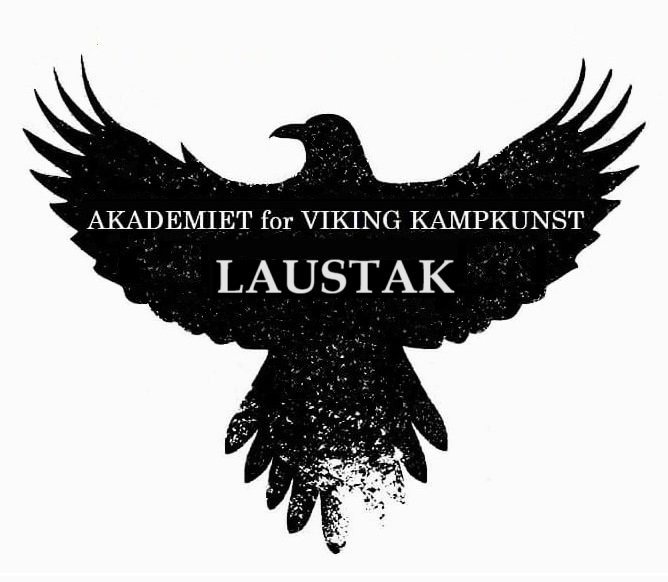VIKING SPIRITUALITY by Tyr Neilsen
/VIKING SPIRITUALITY - TYR NEILSEN - "ÅSGÅRDSREIEN" BY PETER NICOLAI ARBO (1872)
Spirituality was an integral part of the Norse people. It was a part of everything they were, in a way that is difficult for us born in this modern world to understand. For the Scandinavian people of the Viking Age, everything in nature had a spirit. For these people, it was important to communicate with spirits and cultivate their own strong spirit.
Much of our understanding of Viking spirituality comes from Norse Mythology. Mythology is a collection of sacred stories of a religious or cultural tradition. A culture's collective mythology helps convey explain nature, history, customs, and a culture’s spirituality.
In Norse mythology, there are stories about interpreting dreams and the sacrifices. According to these sacred stories, everything in the universe is physically connected, and everything is spiritually connected.
There were and are many spiritual paths in Viking spirituality. Seiðr, galdr, utesitting and runes are forms of coming in contact with spirituality. There are Norse ceremonies that follow year cycles and phases of the moon. In Old Norse, seiðr was a type of sacred ritual which was practiced in Norse society during the Viking Age.
Our ancestor’s wisdom can be found in the Norse myths, in the Edda poems and sagas. Wisdom and understanding can be found in Norse myth stories about the world's creation, destruction and renewal. Urkraft, a name for ancient power, is a strong and free power, which can't be suppressed or manipulated.
Viking spirituality has many similarities with Sami shamanism and other shaman traditions around the world. The Norse vǫlva (a female shaman or seer) and Seiðmenn (seið-men) had a thorough understanding of healing herbs found in nature, energies, spirits and wisdom. Vǫlva in Old Norse means "wand carrier" or "carrier of a magic staff". Practitioners of seiðr were predominantly women, vǫlva or seiðkona, seiðr-woman or seiðr-wife". There were male practitioners, seiðmaðr, seiðr-man, as well, but this was deemed unmanly.
There is not a lot written about Norse spirituality, and a lot of the Viking's spirituality is very misunderstood, but spirituality was a major part of a Viking's life. Spirituality is very important regarding the way the Norse people and especially Viking warriors lived. A major part of this spirituality was connected to fate and destiny and the understanding of life after death.
To live not just without fear of death, but to live and fight knowing that you would live again and serve a greater purpose, gives a freedom to live and fight without reservation that is hard to imagine for most people today. This wasn't a question of belief, these people knew that this was the way of things, which made it possible to live and fight to the fullest.
HÁVAMÁL - VIKING WARRIOR SPIRITUAL WISDOM
For the Viking warrior, his or her spirit and spirituality was of paramount importance, according to the Edda’s. This is very clear in a specific part of the Poetic Edda called the Hávamál.
Often described as the wisdom of the North, Hávamál is one of the most important documents from Viking Age Scandinavia. Attributed to the Norse God Odin, the Hávamál’s wisdom gave spiritual nourishment to the Vikings in their daily lives, their long journeys to discover new lands, and their personal journeys to discover the meaning of life and death.
Hávamál - verse 15
People should be
Quiet and thoughtful
And brave in conflict
They should live
Happy and friendly
Until their last day.
The first 80 verses called "Hávamál proper" deals with basic everyday wisdom. Verses 80 to 164 deal with magic. Vikings garnered wisdom and inspiration from Hávamál, inherited from their ancestors. Hávamál’s content provides a clear picture of the Viking's philosophy and beliefs about how life should be lived both as a physical being and a spiritual entity. On a spiritual level Hávamál explains how to deal with a world of spirituality where unknown dangers and sacred knowledge are hidden.
SEID
Seid, or seiðr, is a collective term for the knowledge and techniques that are at the interface between religion and magic. Seid was considered secret/sacred knowledge in the Iron Age and Viking Nordic region.
In Norse society, seid was mainly practiced by women who were called Volve, vǫlur, Seiðkonur and vísendakona. A man could also engage in seid, but he did not receive the same respect as the Crone or Volve. There are accounts of male practitioners, known as seiðmenn, but in practising this sacred knowledge, they brought a social taboo known as ‘ergi’ on to themselves, and were sometimes persecuted as a result.
Odin is the Norse god who is simultaneously responsible for war, poetry and sorcery. It is said that Odin learned seid from the goddess Freya. This shows that Odin was a god who had no boundaries or adherence to social norms.
Accounts of Seid/seiðr are found in sagas and other literary sources, and evidence of Seid has been unearthed by archaeologists. Various scholars have debated the nature of seiðr over the centuries, with some arguing that it was shamanic in context, involving visionary journeys by its practitioners..
GALDR






